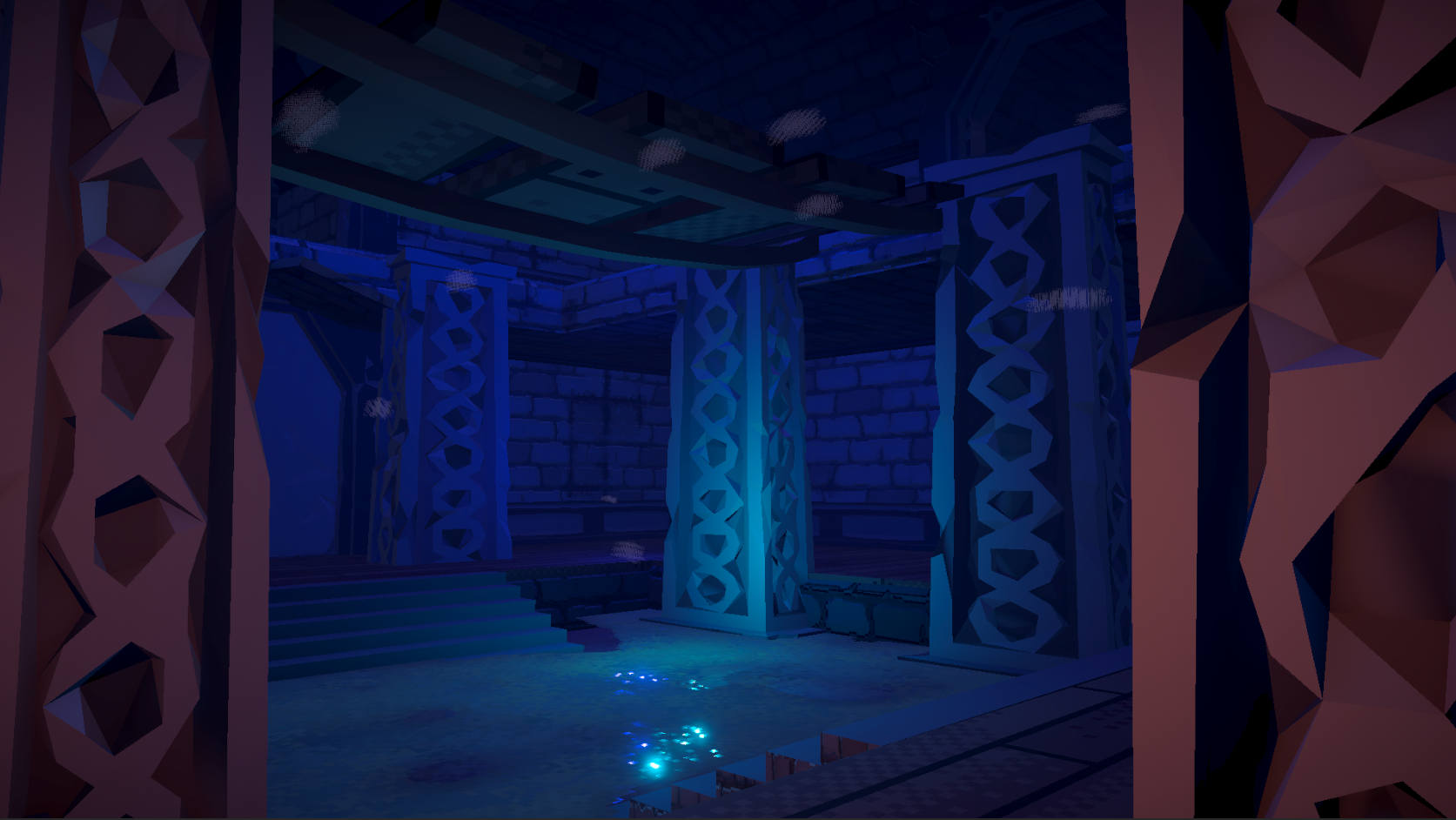
Audio System
Overview
The audio system in Guncaster evolved from a simple sound playback manager into a robust, gameplay-reactive system. What started as basic functionality for 2D/3D SFX and music playback grew into a dynamic, efficient, and highly customizable toolset that enriched the player experience and improved performance.
Details
The original audio system in Guncaster was a simple manager that handled basic sound playback in 2D/3D space and supported background music with dynamic combat transitions. It worked, but it lacked flexibility, performance optimization, and depth. In the final stretch of development, I completely rebuilt it into a far more powerful and responsive system
The new audio system is built on Unity's IObjectPool, ensuring that sounds are efficiently reused instead of constantly created and destroyed at runtime.
At its core, it uses ScriptableObjects to define and assign sound configurations across gameplay elements. configurations could control looping behavior, pitch variance, falloff distance, and the target mixer group for fine-tuned audio routing.
Additional performance enhancements included the introduction of frequent sounds and single sounds. Single sounds prevented overlapping by allowing only one instance in the scene at a time (useful for UI), and Frequent sounds, which use a queue system to limit how many can play at once, reducing audio spam and preserving clarity.
Mixer groups are fully integrated, giving players volume control over different sound types via in-game settings. A global master slider controls overall volume, while additional sliders handle SFX, music, and ambient layers separately.
The cherry on top for fun and interactive sounds was my introduction of dynamic pitch. To push immersion further, all audio pitch was tied to the game’s Time.timeScale. When time slows down for a punch or during menu transitions, sound pitch shifts in real-time with it, creating a cohesive and cinematic experience.
Give a listen
Features
Audio Pooling and optimized playback using Unity’s
IObjectPoolVolume sliders per sound category + global master
Combat and ambient tracks blend based on game state
Scriptable objects for sounds to Configure pitch, loop, mixer group, and falloff
Pitch variance to repeated sounds
Audio pitch changes with time scale
Sound Playback Control:
Single: One instance allowed at a time
Frequent: Queued to prevent sound spam
Comparison
Iteration 1:
Manual sound playback (2D, 3D, BGM)
Simple manager class
Basic dynamic music fading
Iteration 2:
Fully pooled audio via
IObjectPoolScriptableObject-driven sound profiles
Mixer group support with exposed controls
Time-scale reactive pitch shifting
Sound limits via single/frequent categories